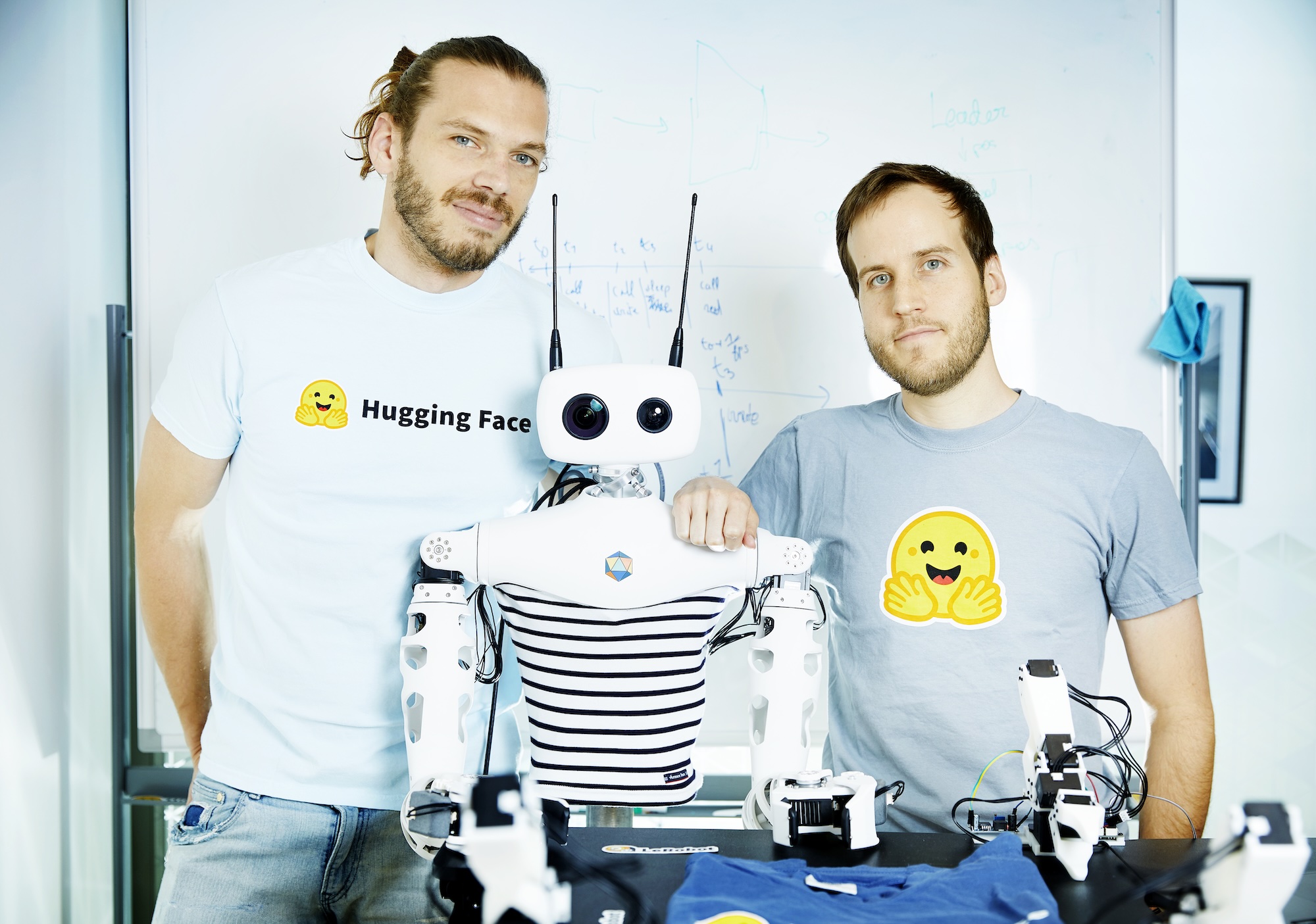Revolutionizing Robotics: Hugging Face’s SmolVLA Can Run on a MacBook

The landscape of robotics is shifting, and AI is at the forefront of this evolution. Hugging Face, a prominent AI development platform, has recently unveiled SmolVLA, an intriguing new robotics model that showcases impressive capabilities while being lightweight enough to run on standard consumer hardware, including a MacBook. This model is set to make advanced robotics more accessible to hobbyists and researchers alike.
Designed to handle both vision and action tasks efficiently, SmolVLA leverages community-collated datasets to surpass larger counterparts in terms of efficiency. Hugging Face advocates that this model promotes the democratization of access to vision-language-action (VLA) technologies and accelerates the development of generalist robotic agents. As the company highlights, SmolVLA is not just a compact and capable AI model, but also a valuable framework for practical training and evaluation of robotic technologies.
This innovative model is part of a broader initiative by Hugging Face to develop an ecosystem that emphasizes low-cost hardware and software solutions for robotics. Following the launch of LeRobot, which comprises various robotics-focused models, datasets, and tools, the company aims to provide additional resources to those venturing into this space. Not too long ago, Hugging Face strategically acquired Pollen Robotics, a French startup, further solidifying its footprint in the field of humanoid systems.

With 450 million parameters, SmolVLA has been trained using specific datasets curated from the LeRobot community. These parameters, often referred to as ‘weights’, govern the model’s responses and functionalities. Remarkably, Hugging Face states that SmolVLA is fully capable of operating on commonplace consumer GPUs and can be implemented on affordable robotics platforms, enriching the user’s robotic experience.
One of the standout features of SmolVLA is its asynchronous inference stack, allowing for a distinct separation between a robot’s actions and its sensory processing. This innovative design ensures quicker response times for robots, particularly in dynamic environments, enhancing their interaction reliability.
Moreover, SmolVLA is already gaining traction in the community. Users have claimed success in using this model to manipulate third-party robotic arms, showcasing its practical applications. Nonetheless, Hugging Face is navigating a competitive field with notable players like Nvidia and emerging startups dedicated to expanding the open-source robotics ecosystem.
As we look toward the future, SmolVLA’s release is a significant milestone, setting the stage for more accessible and efficient robotics solutions, ultimately influencing how individuals and organizations harness AI and robotics technologies for innovation and research.
The landscape of robotics is shifting, and AI is at the forefront of this evolution. Hugging Face, a prominent AI development platform, has recently unveiled SmolVLA, an intriguing new robotics model that showcases impressive capabilities while being lightweight enough to run on standard consumer hardware, including a MacBook. This model is set to make advanced robotics more accessible to hobbyists and researchers alike.
Designed to handle both vision and action tasks efficiently, SmolVLA leverages community-collated datasets to surpass larger counterparts in terms of efficiency. Hugging Face advocates that this model promotes the democratization of access to vision-language-action (VLA) technologies and accelerates the development of generalist robotic agents. As the company highlights, SmolVLA is not just a compact and capable AI model, but also a valuable framework for practical training and evaluation of robotic technologies.
This innovative model is part of a broader initiative by Hugging Face to develop an ecosystem that emphasizes low-cost hardware and software solutions for robotics. Following the launch of LeRobot, which comprises various robotics-focused models, datasets, and tools, the company aims to provide additional resources to those venturing into this space. Not too long ago, Hugging Face strategically acquired Pollen Robotics, a French startup, further solidifying its footprint in the field of humanoid systems.

With 450 million parameters, SmolVLA has been trained using specific datasets curated from the LeRobot community. These parameters, often referred to as ‘weights’, govern the model’s responses and functionalities. Remarkably, Hugging Face states that SmolVLA is fully capable of operating on commonplace consumer GPUs and can be implemented on affordable robotics platforms, enriching the user’s robotic experience.
One of the standout features of SmolVLA is its asynchronous inference stack, allowing for a distinct separation between a robot’s actions and its sensory processing. This innovative design ensures quicker response times for robots, particularly in dynamic environments, enhancing their interaction reliability.
Moreover, SmolVLA is already gaining traction in the community. Users have claimed success in using this model to manipulate third-party robotic arms, showcasing its practical applications. Nonetheless, Hugging Face is navigating a competitive field with notable players like Nvidia and emerging startups dedicated to expanding the open-source robotics ecosystem.
As we look toward the future, SmolVLA’s release is a significant milestone, setting the stage for more accessible and efficient robotics solutions, ultimately influencing how individuals and organizations harness AI and robotics technologies for innovation and research.
